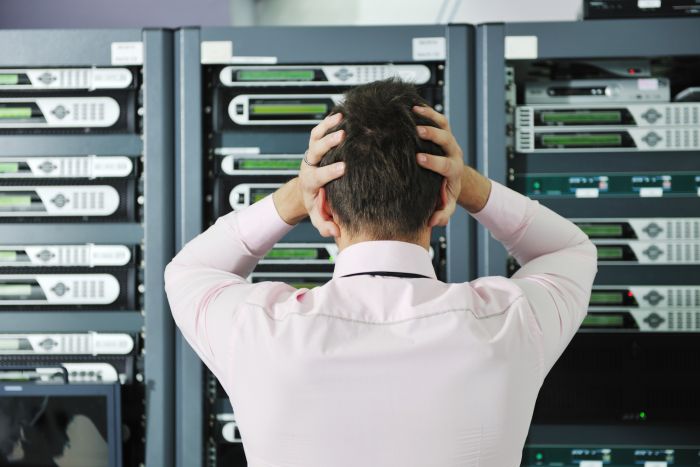The majority of people believe that their computers are reliable, and they don’t need a plan to make sure that all their data will be accessible in the future. This applies both to average users and small business owners. The problem with this theory is that you place all your eggs in the same basket and hope that everything will turn out to be all right. If you would like to have more security, think about a RAID configuration that offers redundancy.
Basics to know about
As you may have thought, RAID is an acronym that stands for redundant array of independent disks. The concept is based on storing redundant data (meaning storing the same information in different places). This way the system becomes more reliable and there will be less downtime. The RAID system is usually used on the SQL server in the recovery process. The good thing about this system is that in case a disk fails, the rest of the system will be up and running and there will be no data loss.
Levels and options
The advantage of this system is that there are several options to choose from. In case of RAID 0, there are two striped arrays of disks. They are great at moving data around fast but if one of them fails, the system crashes and you have a data loss situation. It is best to use the above mentioned and a RAID 1 (mirrored set) simultaneously for a greater sense of security.
RAID 5 data recovery
The difference between this level and the earlier mentioned ones is that it comes with only one array of striped disks. The system creates parity bits. In the moment a disk fails, the system can find the missing data which will be replaced. When you replace the disk you can use the parity bits to recreate the data and copy it on your new disk. The RAID server data recovery ensures you that there will be no system downtime. However if you fail to replace the hard drive that failed another drive may be soon to follow. It’s imperative that the end user pay attention to the error messages and replace the failed drive immediately.
Software for free data recovery
In case you would like to handle everything on your own, you should know that there is software available to help you recover your files from the RAID system. This will enable you to restore deleted files, format recovery, and to recover an entire partition if it gets corrupted or lost. You will just have to search the system and restore the data that you are interested in. But these are for very simple case, quite often you will need to seek assistance.
Leave it to professionals
Although you might get the hang of it, getting professional recovery service is still a safer choice. There are numerous companies handling situations of this kind.
Nonetheless, don’t forget that the RAID system doesn’t work like a magic wand. In some cases it might not offer you the desired results. Although it’s rare, sometimes when the failed disk is repaired, it doesn’t receive the data stored on the second disk and this will result in problems like data inconsistency.
